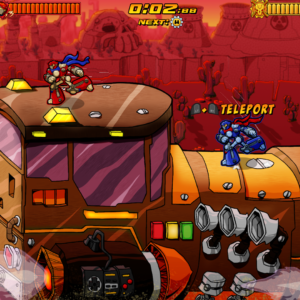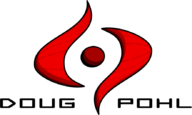Bot Gaiden is a challenging action game where speed is prioritized. Faster finish times are rewarded with easier boss fights and better abilities unlocked. As such, there are a number of goals / problems the HUD has to solve:
- Communicate vital information like health and overall time while not getting in the player’s way
- Convey the current rate of speed and how it’s affecting the boss’s health and reward potential
- Indicate which power-up abilities the player currently has, and reinforce new pickups
- Accommodate two-player co-operative play and associated abilities
- Match the level of fidelity and theming of the rest of the game
As the game has progressed, so has the HUD…
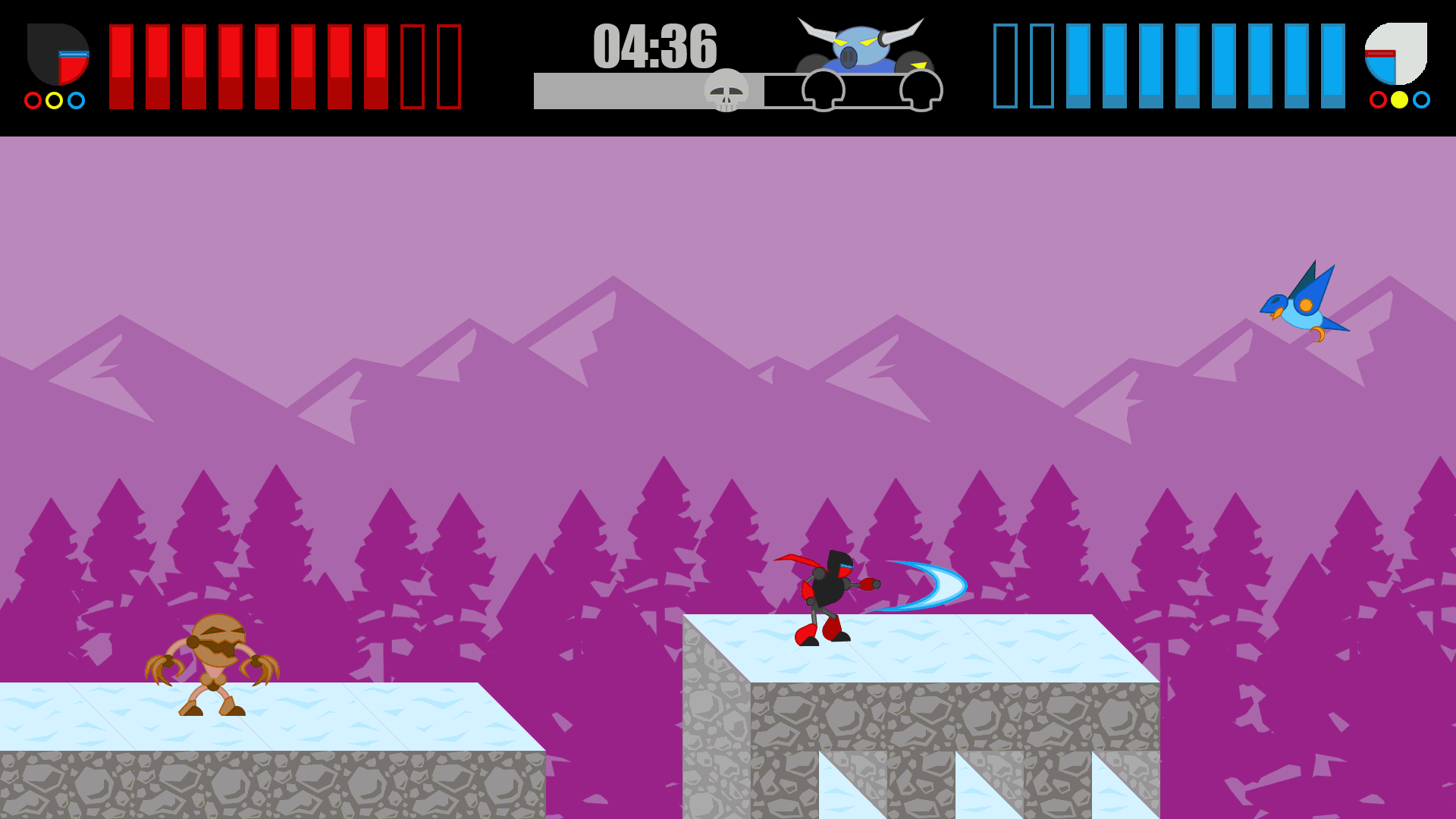
Problem: Communicating Focus on Speed
Setting Expectations. Good User Experience is all about meeting (and exceeding) expectations. To do it right, you have to set those expectations. Here we borrow a classic racing game intro style to hint to the user that this is not a stand-still experience. We also start to set expectations about target times leading to rewards. These are dynamically updated to display the next logical upgrade as the player progresses.
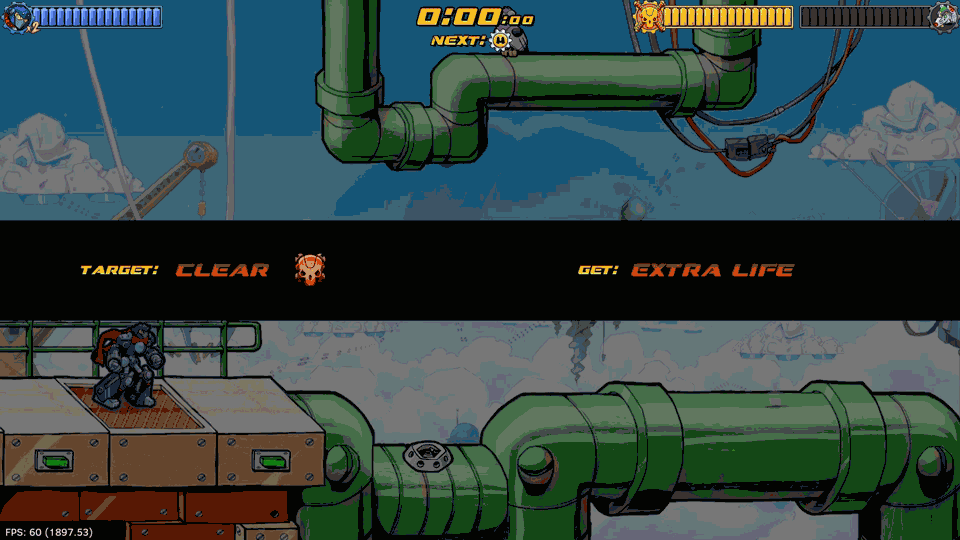
Communicating Boss Health. The primary hook in Bot Gaiden is “Bosses get stronger the longer you take”, so it’s in the player’s best interest to go fast and be efficient. The boss health bar reflects the story in that the longer they have exposure to the power skulls, the more powerful they become. Here in the HUD, every tick of the clock results in a unit of health moving ever closer to locking into Boss health. It’s timed for 2 minutes resulting in a “gold” time/reward, and 4 minutes for “silver”. The HUD changes accordingly.

Problem: Making Ability System Intuitive
Provide the player with the cues they need amid all the speed and chaos. Bot Gaiden affords the player 3 basic abilities that are acquired via “gears” in the gameplay. These abilities can stack and be used together, but you also lose them when you take damage. When you have all 3, extra gears become “hyperspeed” boosts which is integral to finishing fast and earning better rewards. Keeping track of which abilities you currently have is paramount to your success.
Reference point. As the player collects ability gears, the player avatar picture in the upper HUD is replaced with the “triune” symbols. Abilities are always collected in the same order and displayed accordingly, building spatial memory. While not in the most convenient location during frantic action, a quick glance affords the player an instant double-check on their status.
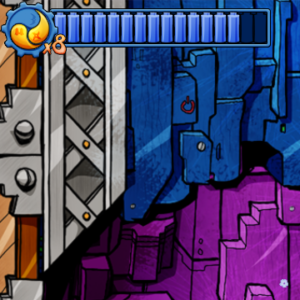
Getting / losing gears. When a gear is absorbed, it is accompanied by a brief text popup above the player along with an audio cue of the same ability name. In this way a player is taught the abilities and their order without having to take their eyes away from the intense action. When a gear is lost, it can be seen visibly emerging from the player and dropping off the bottom of the screen to reinforce the loss of abilities.
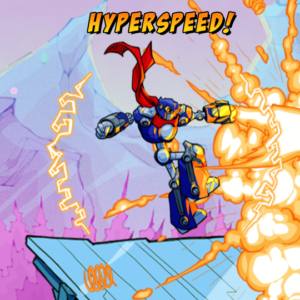
What’s ahead. To simplify things a bit, the player can deduce a lot from just knowing which ability pickup is next. Since the camera ensures that the player is always near the center of the screen, they never have to move their eyes far to do a quick check on the “next” indicator which is located top center underneath the main timer.
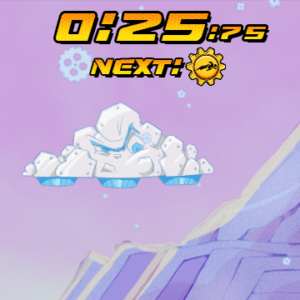
2-player cues. Near-player text is also used in cooperative play to indicate special abilities. For instance, the further away the players are, the more the trailing player is encouraged to teleport to their partner. It will also indicate when “auto teleport” is engaged because a player has fallen too far behind.
